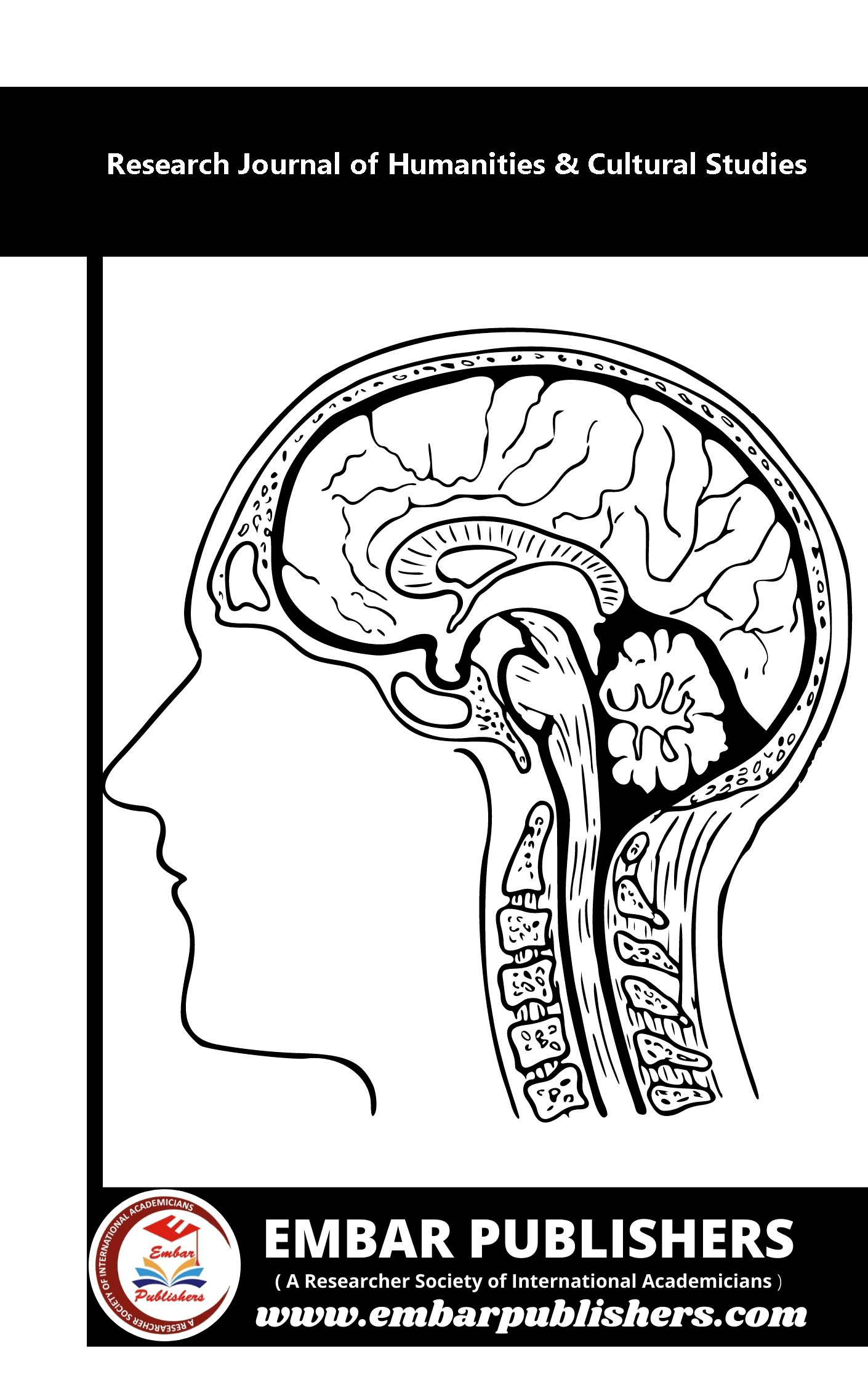
Edge Computing for Real-Time Data Processing in Autonomous Vehicles
Dr. P Aravind
Assistant Professor, Saranathan College of Engineering, Tamil Nadu, India
Published Date: 24-Aug, 2024
Keywords: Edge computing, autonomous vehicles, real-time data processing, low-latency, machine learning.
Abstract:
Edge computing has emerged as a crucial technology in the development and deployment of autonomous vehicles, addressing the critical need for real-time data processing and low-latency decision-making. Autonomous vehicles rely on a complex array of sensors and computational models to navigate dynamic environments safely. However, traditional cloud computing architectures often introduce delays that can be detrimental to the performance and safety of these systems. Edge computing brings processing power closer to the data source, either on the vehicle itself or at nearby edge servers, significantly reducing latency and enhancing the reliability of autonomous operations. This paper explores the integration of edge computing in autonomous vehicles, evaluating its impact on system performance, addressing the technical challenges in-volved, and discussing future trends that may further enhance the capabilities of these systems. The findings underscore the importance of edge computing in enabling real-time decision-making, improving safety, and paving the way for more advanced autonomous driving technologies.
References:
1. Liu L, Chen C, Pei Q, Maharjan S, Zhang Y. Vehicular edge computing and networking: A survey. Mobile networks and applications. 2021 Jun;26:1145-68.
Ghaffari, A., Chen, C., Guo, M., Liu, Y., & Liang, Y. (2020). Autonomous vehicles and edge computing: Analysis and challenges. IEEE Access, 8, 25060-25074. https://doi.org/10.1109/ACCESS.2020.2969501
Satyanarayanan M. The emergence of edge computing. Computer. 2017 Jan 5;50(1):30-9.
Shi W, Cao J, Zhang Q, Li Y, Xu L. Edge computing: Vision and challenges. IEEE internet of things journal. 2016 Jun 9;3(5):637-46.
Abbas N, Zhang Y, Taherkordi A, Skeie T. Mobile edge computing: A survey. IEEE Internet of Things Journal. 2017 Sep 8;5(1):450-65.
Wang J, Lv Z, Ma Z, Sun L, Sheng Y. i-Net: New network architecture for 5G networks. IEEE Communications Magazine. 2015 Jun 10;53(6):44-51.
Satyanarayanan M. The emergence of edge computing. Computer. 2017 Jan 5;50(1):30-9.
Tseliou G, Adelantado F, Verikoukis C. A base station agnostic network slicing framework for 5G. IEEE Network. 2019 Jul 31;33(4):82-8.
Ahmad I, Kumar T, Liyanage M, Okwuibe J, Ylianttila M, Gurtov A. 5G security: Analysis of threats and solutions. In2017 IEEE conference on standards for communications and networking (CSCN) 2017 Sep 18 (pp. 193-199). IEEE.
Alrawais A, Alhothaily A, Hu C, Cheng X. Fog computing for the internet of things: Security and privacy issues. IEEE Internet Computing. 2017 Mar 1;21(2):34-42.
Car T, Stifanich LP, Kovačić N. The role of 5G and IoT in smart cities. ENTRENOVA-ENTerprise REsearch InNOVAtion. 2022 Nov 10;8(1):377-89.
Mohan JP, Sugunaraj N, Ranganathan P. Cyber security threats for 5G networks. In2022 IEEE international conference on electro information technology (eIT) 2022 May 19 (pp. 446-454). IEEE.
Humayun M, Hamid B, Jhanjhi NZ, Suseendran G, Talib MN. 5G network security issues, challenges, opportunities and future directions: A survey. InJournal of Physics: Conference Series 2021 Aug 1 (Vol. 1979, No. 1, p. 012037). IOP Publishing.
Sultana N, Chilamkurti N, Peng W, Alhadad R. Survey on SDN based network intrusion detection system using machine learning approaches. Peer-to-Peer Networking and Applications. 2019 Mar;12(2):493-501.
Khan R, Kumar P, Jayakody DN, Liyanage M. A survey on security and privacy of 5G technologies: Potential solutions, recent advancements, and future directions. IEEE Communications Surveys & Tutorials. 2019 Aug 8;22(1):196-248.
Dabbagh, M., Nuaimi, M., Al Ridhawi, I., & Aloqaily, M. (2020). Leveraging fog computing and deep learning for smart city applications. IEEE Internet of Things Journal, 7(8), 9766-9773. https://doi.org/10.1109/JIOT.2020.2991536
Xu B, Da Xu L, Cai H, Xie C, Hu J, Bu F. Ubiquitous data accessing method in IoT-based information system for emergency medical services. IEEE Transactions on Industrial informatics. 2014 Feb 17;10(2):1578-86.
Hou X, Li Y, Chen M, Wu D, Jin D, Chen S. Vehicular fog computing: A viewpoint of vehicles as the infrastructures. IEEE Transactions on Vehicular Technology. 2016 Feb 25;65(6):3860-73.
Kaul, S., Gruteser, M., & Rao, J. (2012). Vehicular network architectures: The role of the cloud. IEEE Communications Magazine, 50(1), 148-155. https://doi.org/10.1109/MCOM.2012.6122548
Mach P, Becvar Z. Mobile edge computing: A survey on architecture and computation offloading. IEEE communications surveys & tutorials. 2017 Mar 15;19(3):1628-56.
O’shea T, Hoydis J. An introduction to deep learning for the physical layer. IEEE Transactions on Cognitive Communications and Networking. 2017 Oct 2;3(4):563-75.
Rawat, D. B., & Shetty, N. (2019). Real-time communication in cloud-based cyber-physical systems. IEEE Transactions on Industrial Informatics, 15(5), 2709-2717. https://doi.org/10.1109/TII.2018.2879340
Husain MH, Ahmadi M, Mardukhi F. Vehicular Fog Computing: A Survey of Architectures, Resource Management, Challenges and Emerging Trends. Wireless Personal Communications. 2024 Jun 26:1-31.
Toy M, Martin J, Schmitt M, Blake V. Next generation cable networks with DOCSIS 3.1 technology [Guest Editorial]. IEEE Communications Magazine. 2015 Mar 18;53(3):106-7.
Wang S, Zhang X, Zhang Y, Wang L, Yang J, Wang W. A survey on mobile edge networks: Convergence of computing, caching and communications. Ieee Access. 2017 Mar 21;5:6757-79.

ISSN(Online): 2945-4077
Publisher: Embar Publishers
Frequency: Bi-Monthly
Chief Editor: Mohamed Gedi Sheikhow
Language: English
